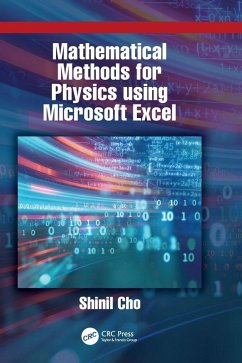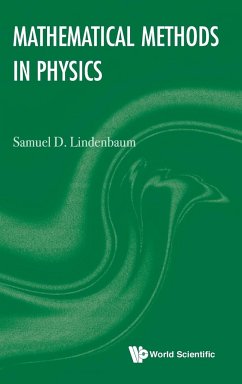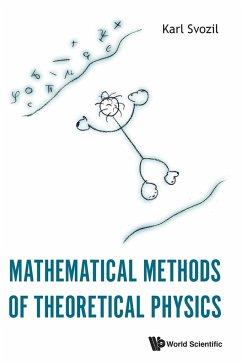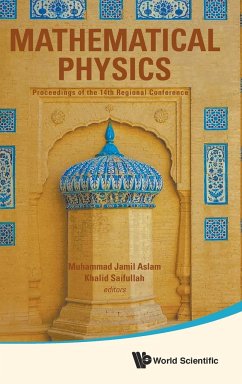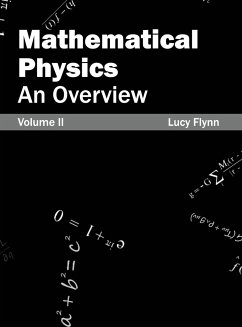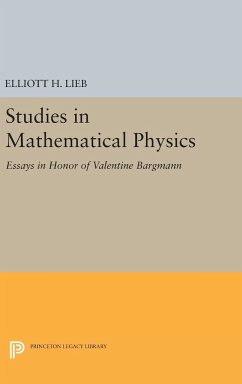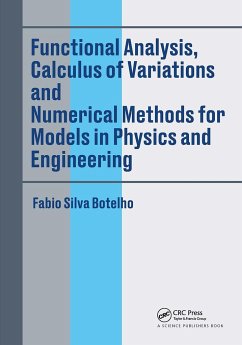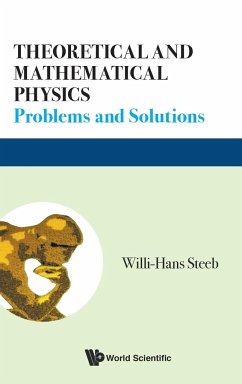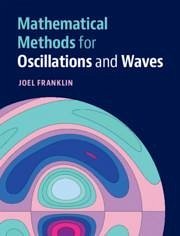Mathematical Methods of Physics
Problems with Solutions
Versandkostenfrei!
Versandfertig in 1-2 Wochen
Weitere Ausgaben:

PAYBACK Punkte
71 °P sammeln!




This book is an English translation of a classic collection of problems in mathematical methods of physics, which has been published multiple times in Russian and once in Spanish.
Igor V. Kolokolov is a Russian physicist known for his work on magnetism, soft matter physics and statistical hydrodynamics. He is professor at the Physical Department at Higher School of Economics, Moscow, and Director of Landau Institute of Theoretical Physics, Chernogolovka, Russia. Evgeny A. Kuznetsov is a Russian physicist known for his work on nonlinear physics, soliton stability theory, and Hamiltonian formalism for nonlinear waves. He is a member of the Russian Academy of Sciences (RAS), professor at the Moscow Institute of Physics and Technology, and a principal researcher at the Tamm Theoretical Physics Department of the Lebedev Physics Institute of the RAS. Alexander I. Milstein is a Russian physicist, specialist in theoretical elementary particle physics, nuclear and atomic physics, head of the Theoretical Department at Budker Institute of Nuclear Physics, and professor at Novosibirsk State University (NSU). Evgeny V. Podivilov is a Russian physicist known for his work on nonlinear optics and nonlinear interactions of waves in fibers. He is a professor at NSU and a principal researcher at the Institute of Automation and Electrometry of the RAS. Alexander I. Chernykh holds a PhD in physics and mathematics and is engaged in numerical modeling. He has taught various subjects, including methods of mathematical physics, analytical mechanics, statistical physics, and general theory of relativity. David A. Shapiro is a Russian physicist. He is professor at NSU and heads the Photonics Laboratory at the Institute of Automation and Electrometry of the RAS. His current research interests include fiber optics, nanophotonics, and plasma physics. Elena G. Shapiro holds a PhD in physics and mathematics. In 1985, she became a member of the Institute of Automation and Electrometry of the RAS. She had been teaching undergraduate students at the Physics Department of NSU since 1988.
Produktdetails
- Verlag: Jenny Stanford Publishing
- Seitenzahl: 362
- Erscheinungstermin: 11. Oktober 2024
- Englisch
- Abmessung: 235mm x 157mm x 24mm
- Gewicht: 675g
- ISBN-13: 9789815129212
- ISBN-10: 981512921X
- Artikelnr.: 70948253
Herstellerkennzeichnung
Libri GmbH
Europaallee 1
36244 Bad Hersfeld
gpsr@libri.de
Für dieses Produkt wurde noch keine Bewertung abgegeben. Wir würden uns sehr freuen, wenn du die erste Bewertung schreibst!
Eine Bewertung schreiben
Eine Bewertung schreiben
Andere Kunden interessierten sich für





